The goalposts are up, the nets are in place … but there’s no sign of any football taking place at Millmoor any time soon.
Rotherham United’s former home, abandoned by the club during a dispute with the landowner back in 2008, is an eerie place. Out front, the old club offices are boarded up. Notices from local contractors talk of demolition, redevelopment. The undergrowth runs wild, obscuring the signage. The new main stand remains half finished, open at one end with seating waiting to be installed. Work stopped when the club’s former chairman, Ken Booth, fell out with United’s new owners; the dispute precipitated the Millers’ departure from Millmoor.

The old ground didn’t immediately fall into disuse. A local youth team, Westfield United, played Sunday League games here for a season. No more; the league’s website has no reference to the team playing anymore and there’s no club website to update the situation. The clock at the Railway End, the old away terrace, keeps ticking over. That clock became part of an unlikely spat after the club moved on: fans were angry when the Booths, who also run the extensive scrap metal firm headquartered behind the ground, covered over a dedication to the late stalwart Rotherham fan Derek Dalton with an advert for the business. An odd PR own goal, since the advert would be seen by approximately nobody in a largely deserted stadium, and a decision later reversed. Dalton’s dedication is back in place, for anyone who cares to look.
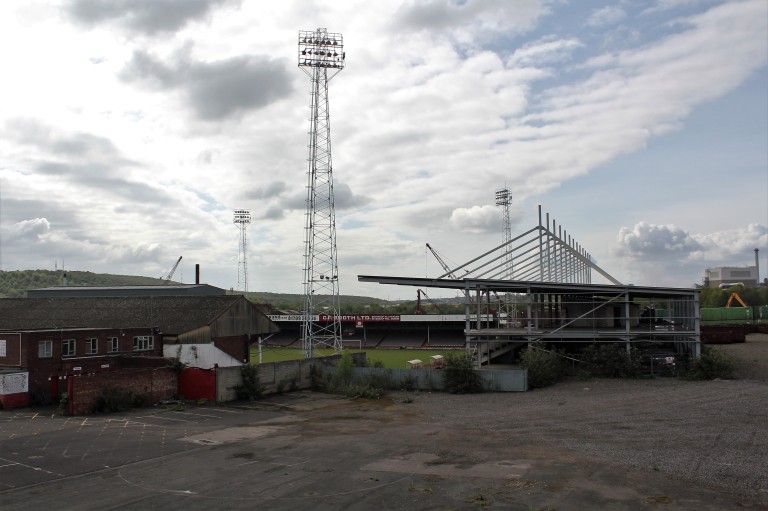
Memories of brighter times: Ronnie Moore’s Rotherham, punching above their weight in the Championship, giving a bloody nose to West Ham’s freshly relegated aristocrats. On that August day in 2003 the story went around that the Hammers – with Michael Carrick, Jermaine Defoe, Don Hutchison, Rob Lee and David James in the squad – turned up their noses at the Millmoor dressing rooms and got changed on the team bus. The home team-talk was written, the South Yorkshire faithful united in derision of the southern fancy dans (and no matter that Carrick and Hutchison hail from Tyneside, almost as far north of Rotherham as London is to the south). Manager Glenn Roeder denied the rumours, Lee was more equivocal in his post-match comments. A 1-0 defeat to a Darren Byfield goal saw Roeder fired after gaining four points from the first three games of the season. The car park where the Hammers supposedly set up their impromptu team bus changing room later found itself in another London transport story when a fleet of discontinued London Underground rolling stock was parked there prior to being scrapped at the Booth yards.
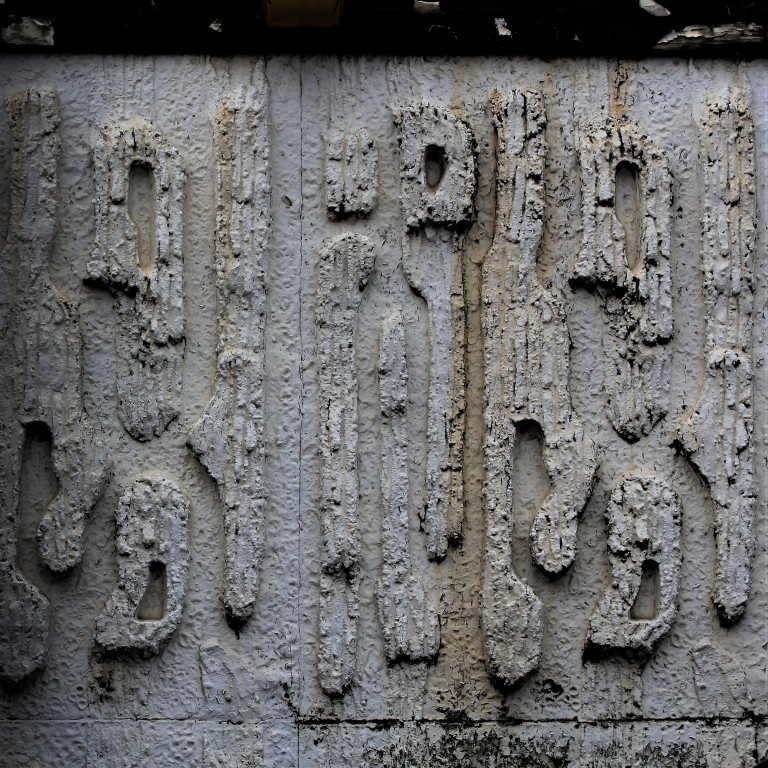
Relics of the past: away from the hubbub of matchday, there’s time to pick out odd features. The curious sculpted relief on the office block, a 1960s abstraction out of keeping with the stolidly old-school ground; faded paintwork over old turnstiles, a hut offering ‘Refreshments’ to a crowd that dispersed over the road to the New York Stadium. From the railway bridge beyond Millmoor, it’s possible to view both. Old and new, the traditional floodlight pylons and Taylor-reported terraces of Rotherham’s 100-year-old home in the foreground; the new arena bowl in the background, just across the river.
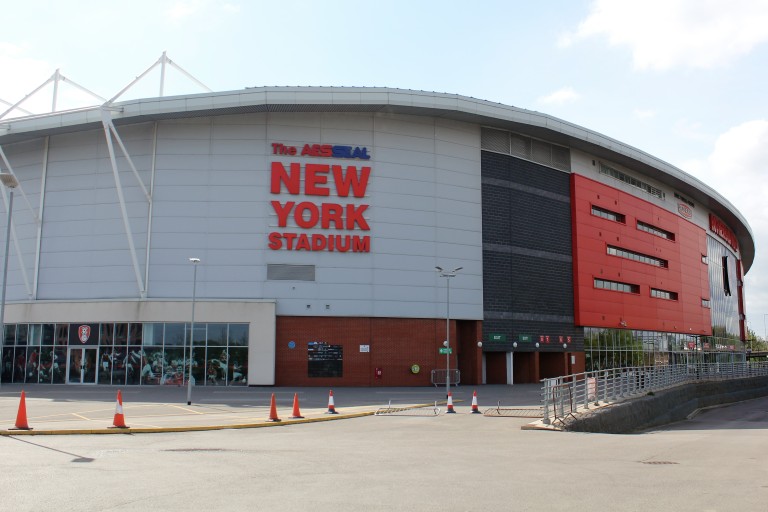
Many new grounds bring a sense of regret – just ask the West Ham fans who travelled to Roeder’s team back in August 2003. For Rotherham, though, the move to the New York Stadium has worked. Closer to the town centre, comfortable and contemporary, few would willingly go back to its smaller, traditional home. Nostalgia is a potent force, but the reality is that the new ground secures a stable future for the club, no longer beholden to the whims of former owners feeling spurned. Four years as tenants at an athletics stadium also helps create a sense of much-needed belonging in the new ground.
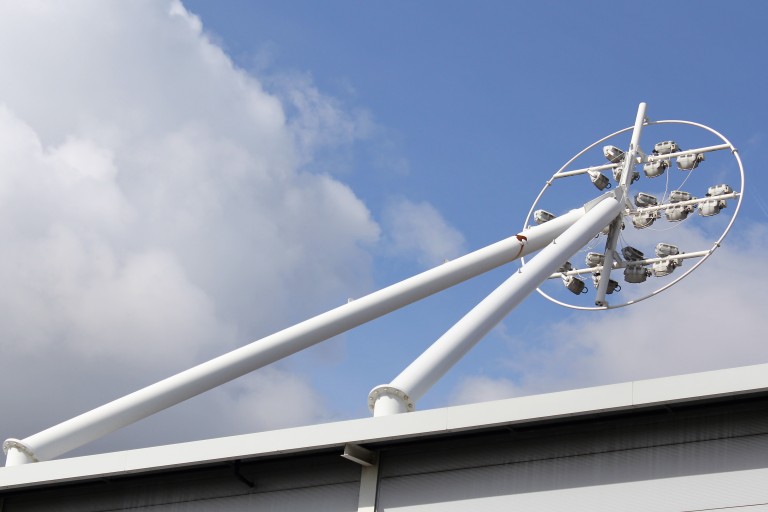
As for Millmoor, the future is unclear. Rotherham has little need of two Football League grounds, the rugby club has decided its future lies at its current home. There’s evidence of work about to start, but no clear indication of what might be coming; the local paper is silent about planning applications concerning the ground. For now, at least, it’s a football curio, hanging on in the shadow of the modern arena that replaced it.
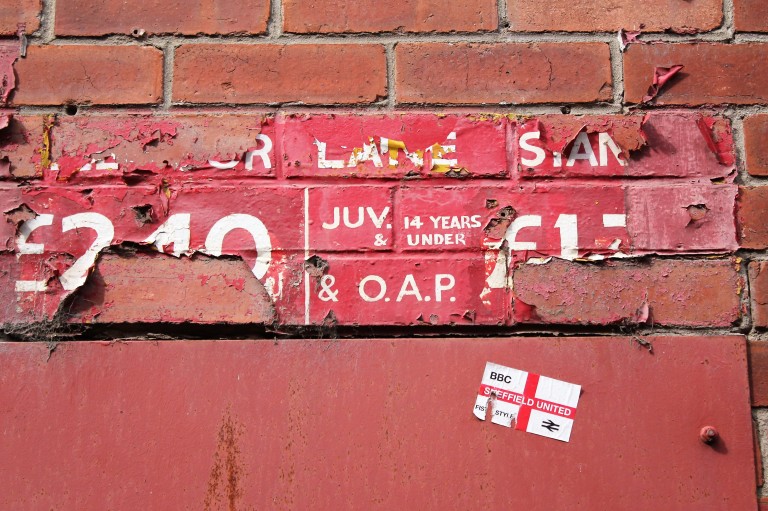












One thought on “Memories of Millmoor”